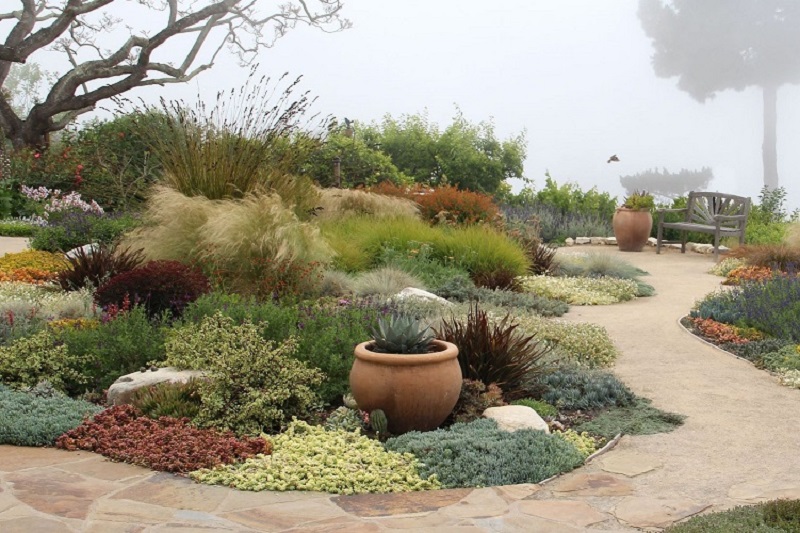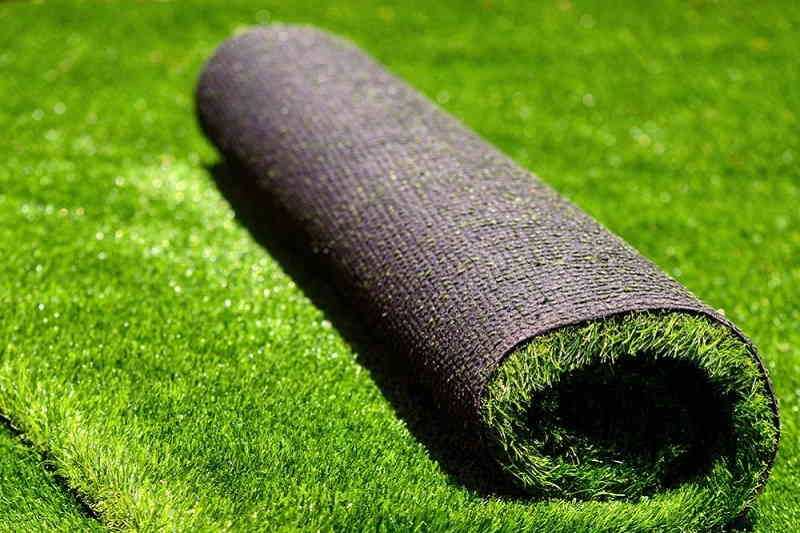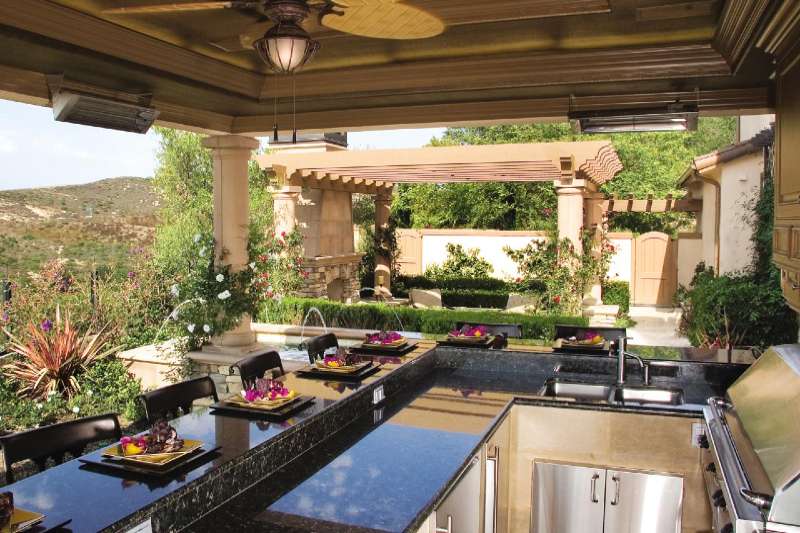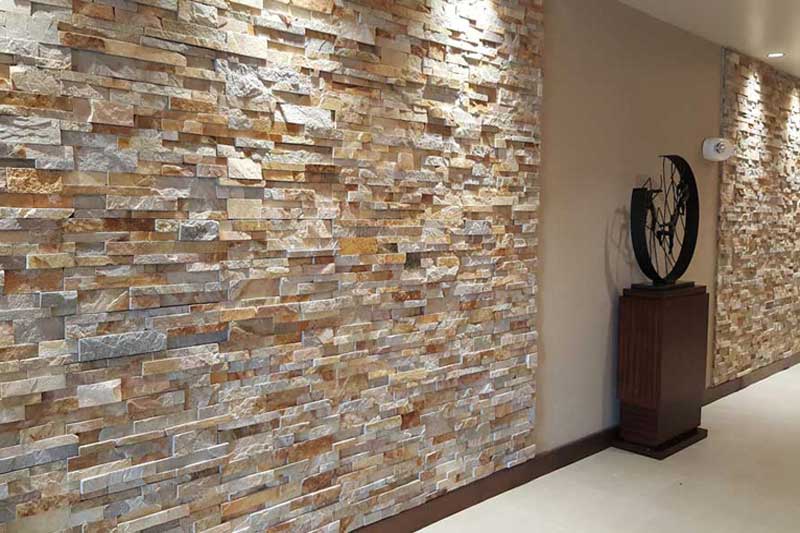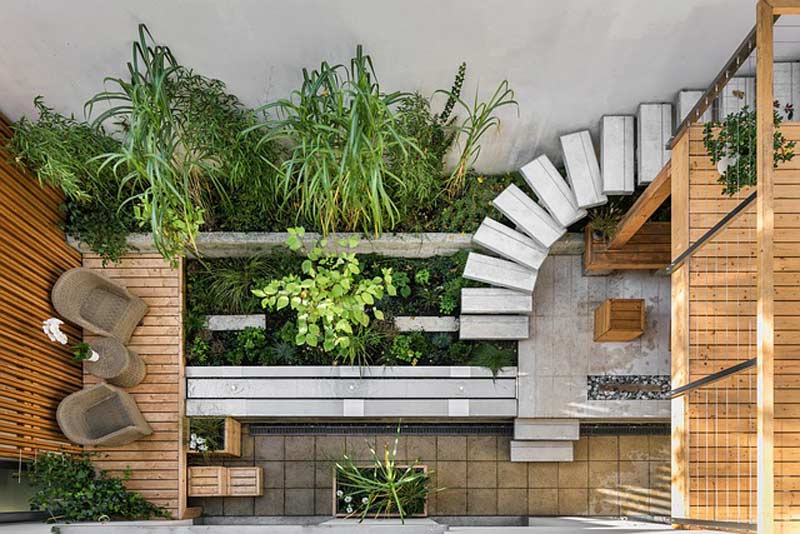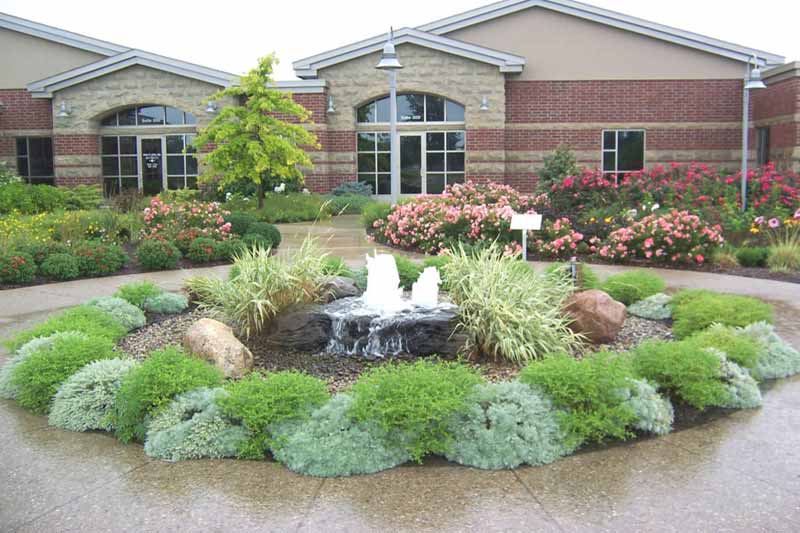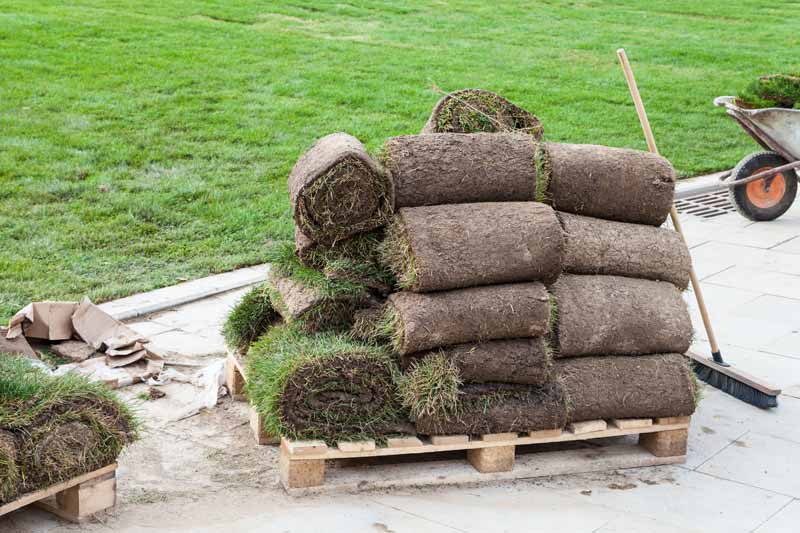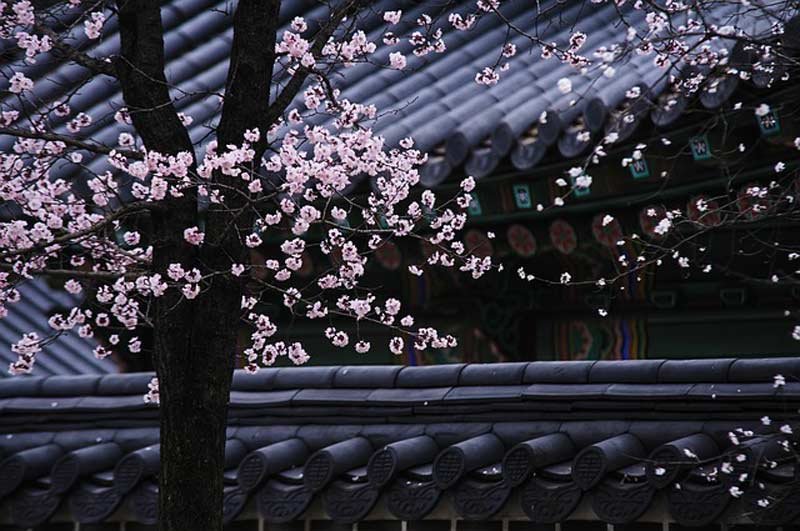There is no denying that any landscape design will be constrained by the location it is being created in and more specifically, what the climate is in that area. For example, the types of plants, shrubs, and grasses that will thrive in cold, damp climates is going to be somewhat different than those that can be planted in those climates that tend to be dry and hot.
Given that we are based in Western Australia, we would suggest that the latter of those two climates is going to more applicable given that for much of the year evaporation exceeds rainfall, and we have areas that see no rain for 6 months at a time. Your plans will also change drastically depending on personal preferences such as the plants you want, whether you want a pool installed or a large open area, limestone flooring or composite decking installation etc.
Of course, not every region of WA is as dry as that but in general most landscape designs need to be on the side of there being a lack of moisture and lots of heat, making sure you implement fire services protection to fight a possible fire. This then brings us to consider what kinds of landscape design would suit the drier conditions that we experience.To give you some idea as to what can be achieved, here are 10 landscape design tips that are best suited to dry areas.
- If you live in a dry, hot area then it makes sense that you consider plants that are well known for being grown in those kinds of conditions. Research areas where there is a lot of sunshine and little rain and see what garden services and landscapers are planting there.
- Plant your flora and fauna when they are small. Larger or older pants tend to have roots systems which are shallow making them more prone to suffering from heat and a lack of moisture.

